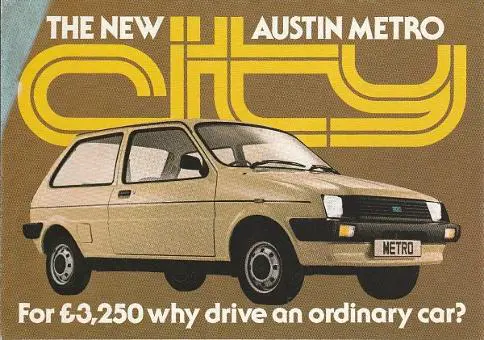FIVE ENTRY LEVEL CARS
13 May 2022
Aka who needs electric windows, a fuel gauge, windscreen washers, a boot floor?…
1953 Ford 103E Popular
Sixty-eight years ago, Ford proudly boasted that for just £390, you too could own the cheapest ‘full size’ new car in the UK. The Popular was essentially the Anglia E494A with a simple metal dashboard, no sun visors, no direction indicators, a single vacuum-powered windscreen wiper, and even no boot floor. It was also robust while its dated lines were not especially notable; before the advent of the MOT test in 1960, pre-war cars were frequently seen on British highways. The 60-mph top speed was perfectly adequate for the average B road, and, above all, the 103E represented freedom to countless families. When production ended in 1959, over 150,000 Populars had left the Dagenham plant.
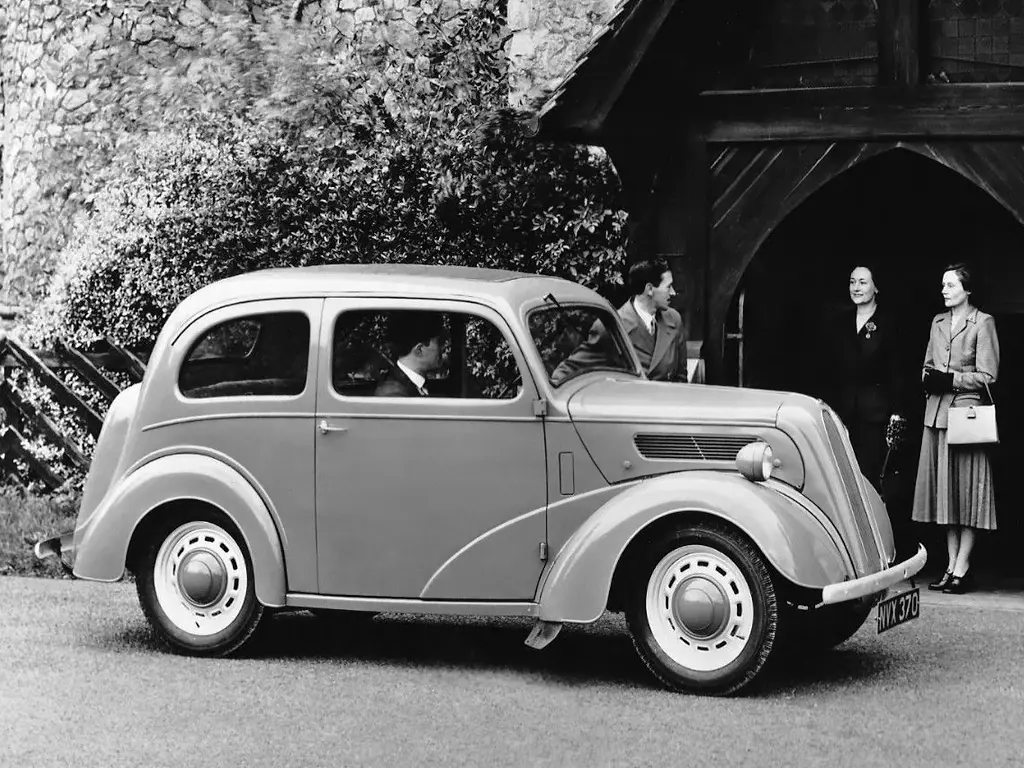
1961 Renault R3
When the R4 made its bow sixty years ago at the Paris Salon, it was accompanied by an entry-level model aimed at France’s rural communities and Francophone export markets. The R3 featured a 603cc engine and lacked frivolities such as a passenger visor, windscreen washers, door trims, opening rear windows, headlining and even a fuel gauge. Owners had to employ a dipstick attached to the petrol cap to ensure they were not stranded in the middle of Brittany. Meanwhile, the choice of colours ranged from the thrilling ‘Gris Olivier 610’, succeeded by the vibrant ‘Gris Templier 618’ and, finally, the glamour that was ‘Gris Pyramid 635’. However, Renault sold a mere 2,571 before production ceased in 19622.
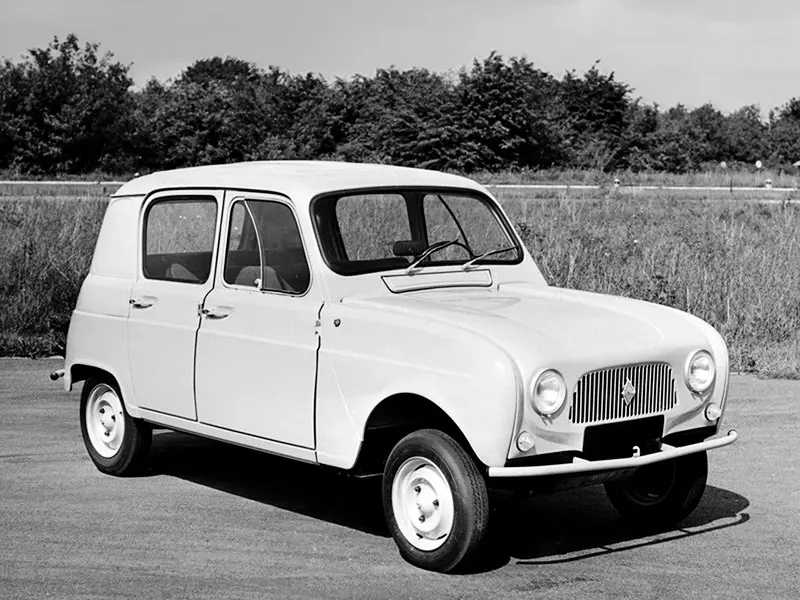
1975 Vauxhall Viva E Coupe
By the mid-seventies, Vauxhall was planning the launch of the Cavalier and considered the demise of the Magnum Coupe. This would have resulted in a stockpile of body shells, and the solution was the special edition Viva E, with no heated rear window or door armrests and little in the way of sound insulation. The standard paint finish was also limited to ‘Monaco White’. That said, unlike the Ford Escort Popular Mk. II, the specification did include reclining front seats and cost only £1,399. Best of all, the advertisement promised: “You get distinctive Viva E badging” to ensure the neighbours would be aware of your status.
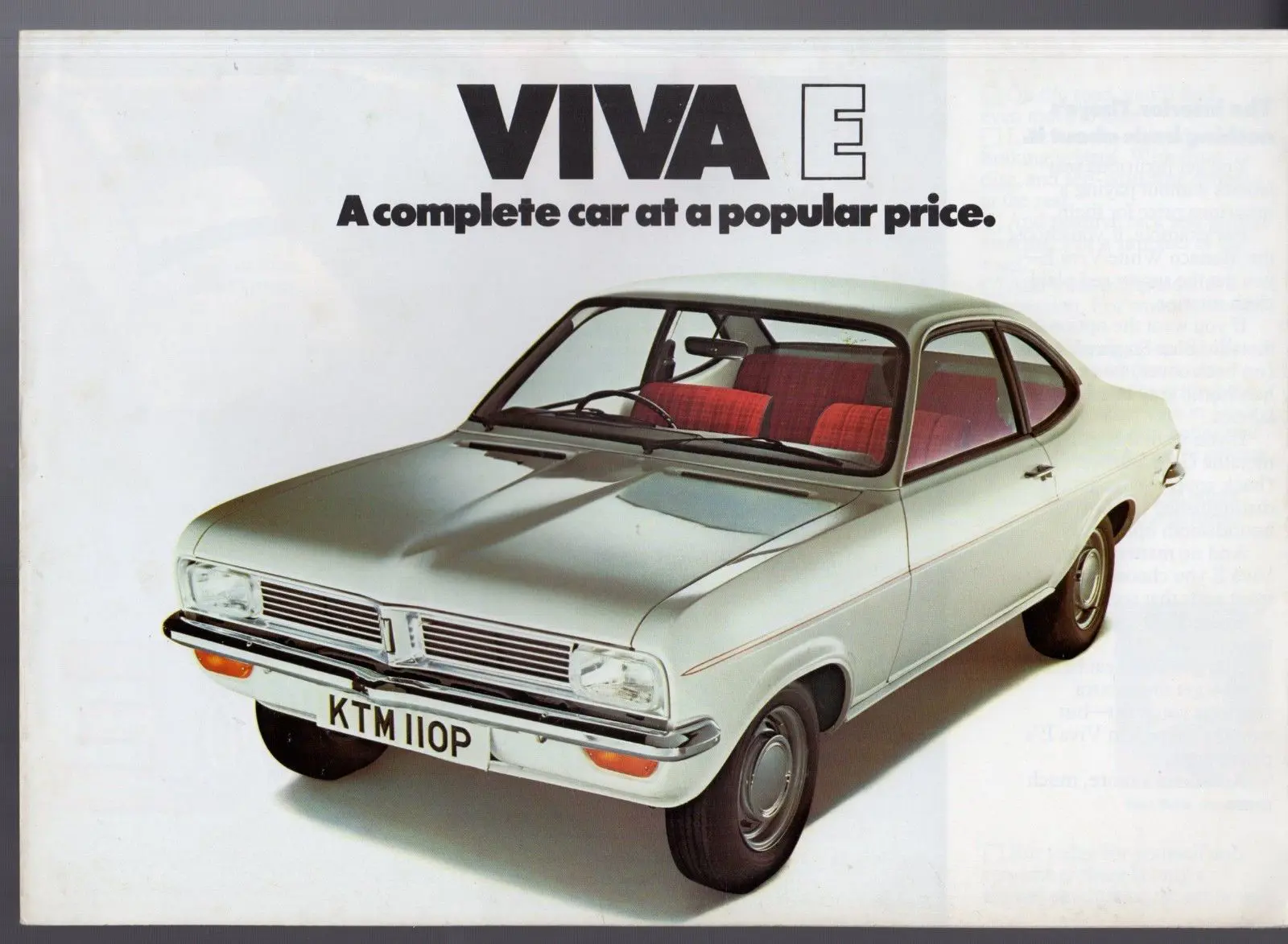
1977 Rover 2300 SD1
A year after the 3500 made an appearance, Leyland unveiled the 2300. Here was a Rover to appeal to enthusiasts of the outgoing 2200SC and serve as an alternative to the Ford Granada 2.3L Mk. II. For a mere £5,342.41, you, or your firm, could own one of the latest “prestige motor cars which impose no more tax liability on their user than an ordinary 2 litre company car”. Any junior manager would be so impressed by their new SD1 they would surely overlook the lack of electric windows, central locking, a passenger door mirror, a tachometer, an oil pressure gauge and power steering. As for the absence of a five-speed gearbox, self-levelling rear suspension and door ‘safety lamps’, this would only fuel ambitions to one day drive a 3500. Besides, the PR film Two More For The Road demonstrated the 2300 did not lack glamour…
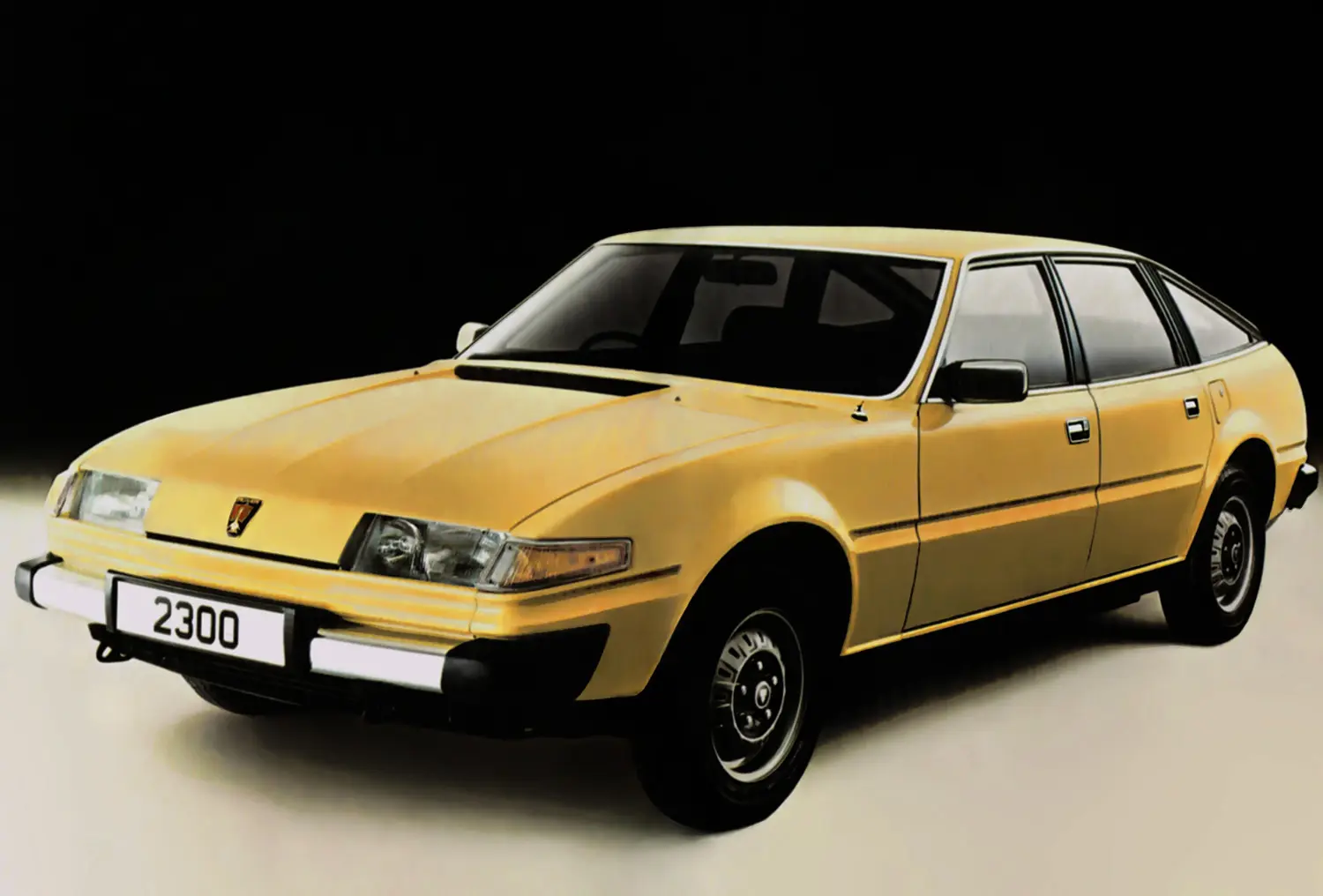
1982 Austin Metro City
Or BL’s alternative to the Ford Fiesta Popular Mk. I; a Metro devoid of a rear screen heater and wiper, and, of course, a passenger visor. The front seat backrests were fixed, there was a lack of reversing lamps, mud flaps and a back parcel shelf, while the brochure copywriter was reduced to extolling the brake pad wearing warning light as a sales feature. Most incredibly, the City did not feature halogen headlamps, while amber-coloured reflectors replaced the front wing indicator repeaters of the more expensive versions. Still, £3,259 represented excellent value for money; as Leyland put it, “The New Metro City for The Price of An Ordinary Car”.
